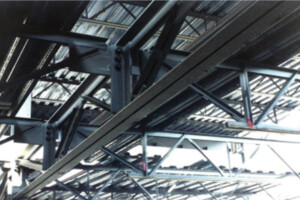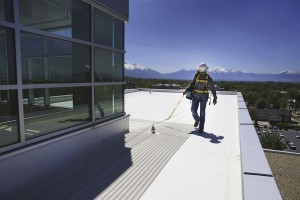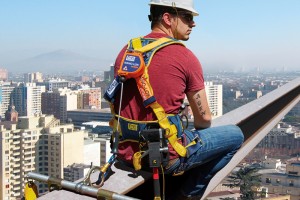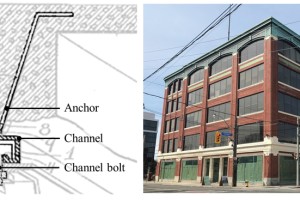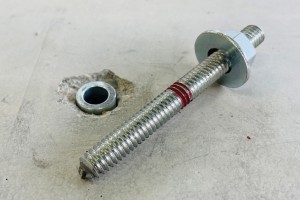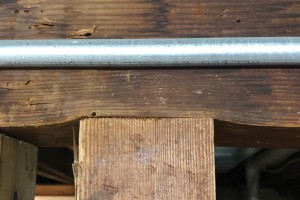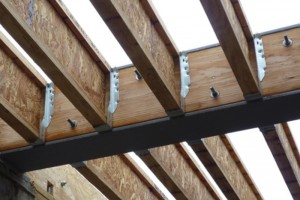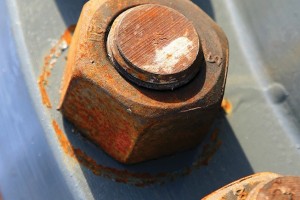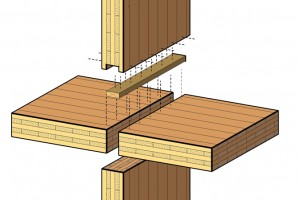By Patrick McManus, PE, SE, Ph.D
Click here to view the article with images in the digital flipbook.
Developing an idea into a viable product or system can take many paths and is an arduous process that may require years of innovation, research and testing, qualification, and product development. Such was the case for a new steel braced-frame system that was released last year by Simpson Strong-Tie called the Yield-Link brace connection (YLBC).
…
